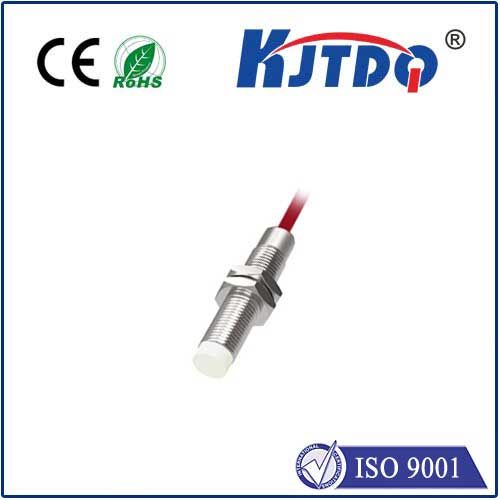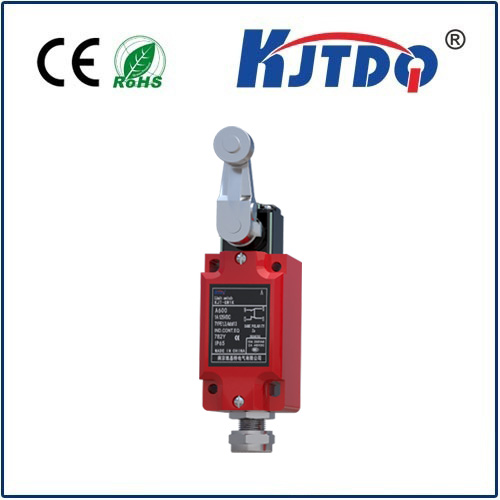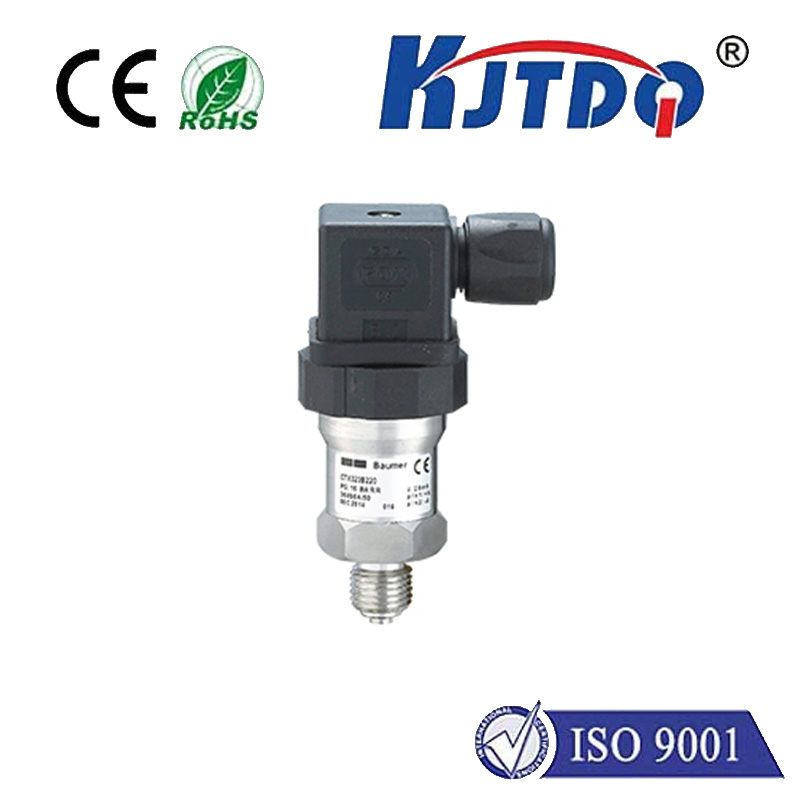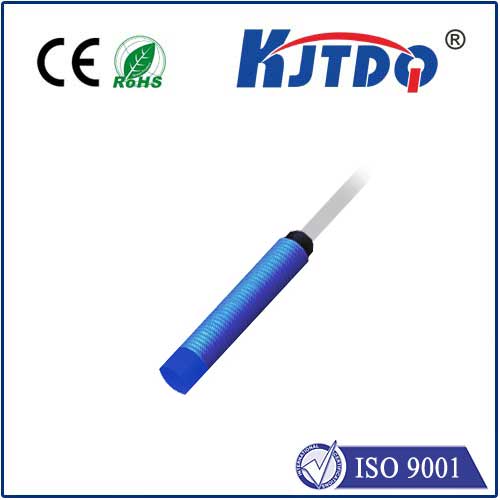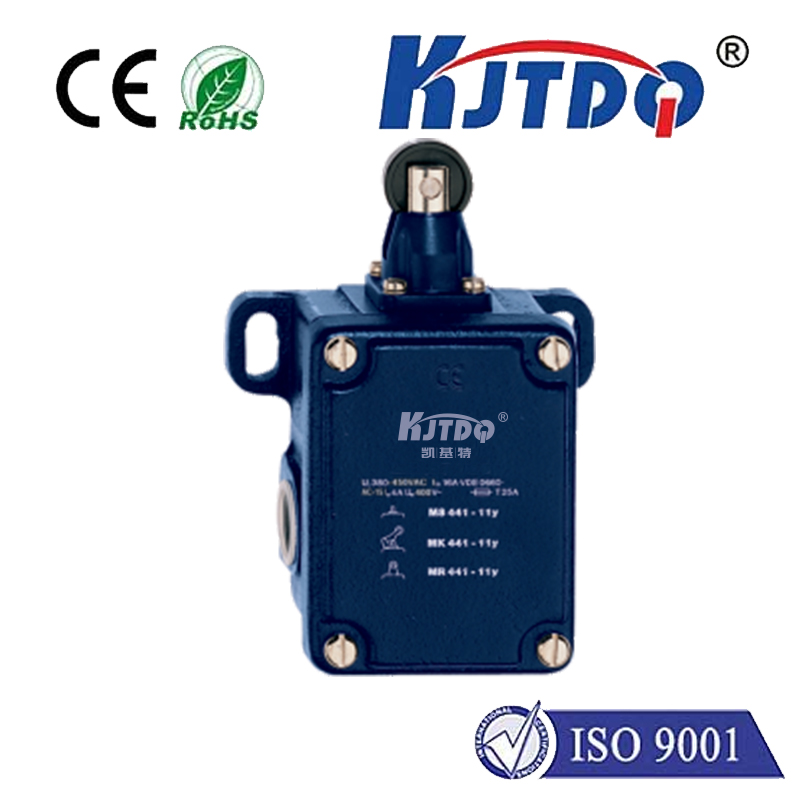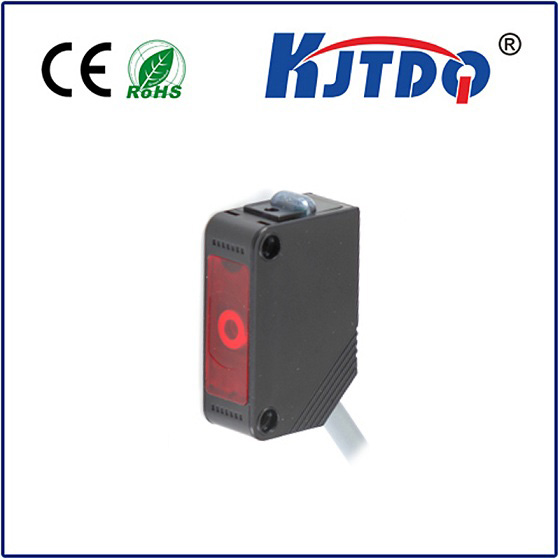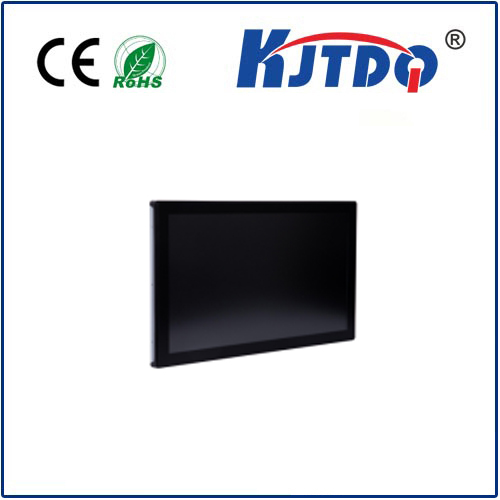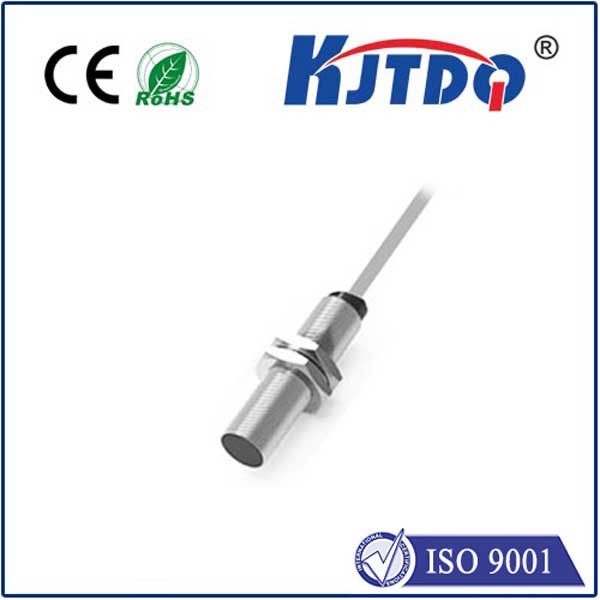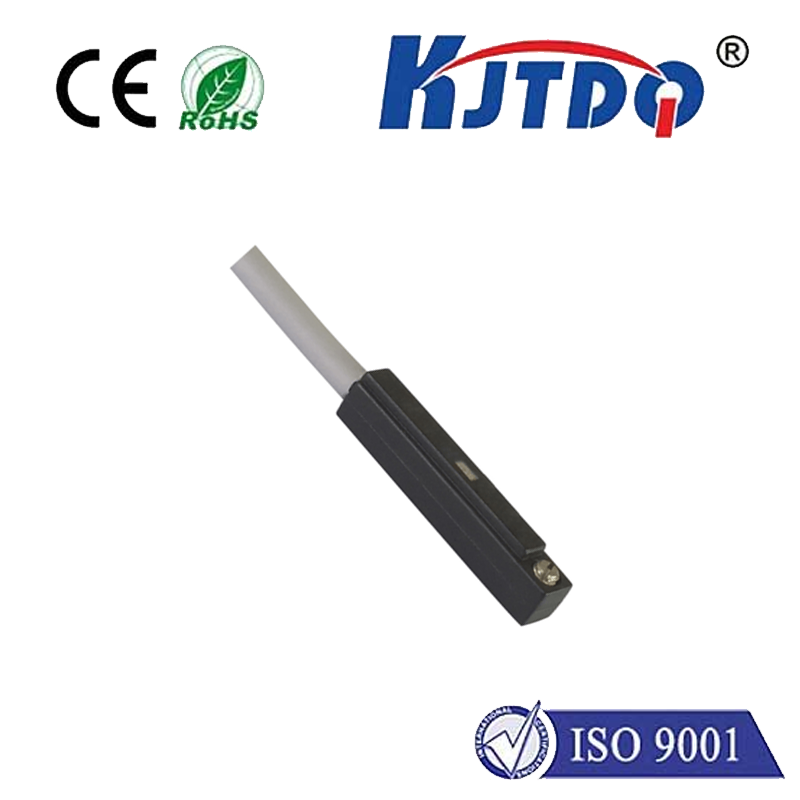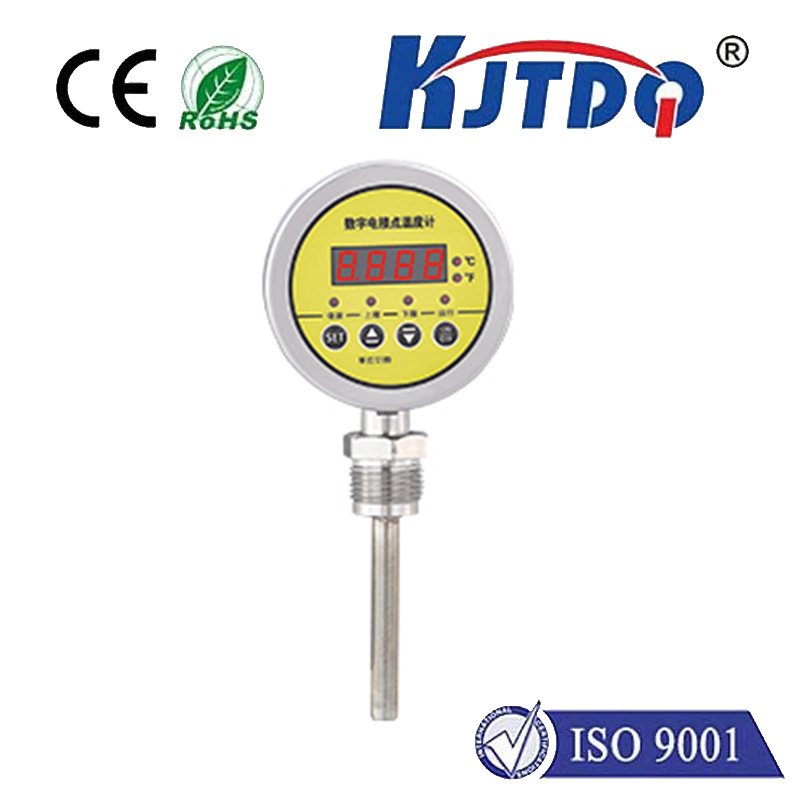optical water sensor
- time:2025-08-15 01:37:16
- Нажмите:0
Optical Water Sensors: Illuminating Solutions for Smart Water Detection
Imagine waking up to a flooded basement because a hidden pipe leak went unnoticed. Or picture critical machinery failing due to coolant leaks in a high-tech manufacturing plant. Water, essential for life and industry, can also be a destructive force when uncontrolled. Enter the optical water sensor, a sophisticated and increasingly vital technology offering a smarter, more reliable way to detect water presence where it shouldn’t be. By harnessing the properties of light, these sensors provide unique advantages over traditional methods, transforming how we manage water risks across countless applications.
Beyond the Basics: The Science of Light and Water
At its core, an optical water sensor operates on fundamental principles of light interaction. Unlike traditional sensors relying on electrical conductivity (where water closes a circuit), optical sensors leverage the distinct refractive index of water. How?
- The Emitter: An infrared (IR) or visible light LED emits a focused beam of light into an optical prism or sensing area.
- Critical Angle & Internal Reflection: The prism is designed so that when air surrounds it, the light beam hitting the prism’s surface at a specific angle undergoes Total Internal Reflection (TIR). This means the light bounces entirely within the prism and is detected by a receiver (photodiode) positioned opposite the emitter on the same side.
- The Water Trigger: When water contacts the prism’s sensing surface, everything changes. Water has a significantly higher refractive index than air. This crucial difference disrupts the TIR condition. Instead of reflecting internally, a portion of the light beam now refracts – it escapes out of the prism and into the water.
- Detection Shift: Because light escapes, the amount of light reaching the internal receiver photodiode dramatically decreases. This measurable drop in detected light intensity is the unambiguous electronic signal that water is present.
Why Choose Optical? Diving into the Advantages

This light-based approach offers several compelling benefits over conventional conductive probes or float switches:
- Reliability in Complex Fluids: This is perhaps the biggest strength. Optical sensors are impervious to contaminants like salts, minerals, oils, or chemicals often found in water. These substances can coat or bridge the electrodes of conductive sensors, leading to false positives (detection without water) or false negatives (failure to detect water). Optical sensors simply measure the refractive index change caused by the liquid layer itself.
- Non-Conductive Operation: Since they don’t rely on electrical current passing through the water, optical sensors pose no corrosion risk to themselves and don’t introduce electrical signals into the measured liquid – a crucial factor in sensitive environments.
- Minimal Maintenance: The lack of moving parts (like floats) and resistance to fouling significantly reduces required maintenance. There are no contacts to corrode or mechanisms to jam.
- Fast Response Time: Detection is virtually instantaneous upon contact with water, enabling rapid alerts and responses to leaks or spills.
- Многогранность: Optical water sensors can detect clear water effectively. Some advanced designs using specific wavelengths can even differentiate between water and other liquids based on their unique optical properties.
- Compact Design: Modern optical sensors can be remarkably small, making them suitable for integration into tight spaces within appliances, machinery, or electronic enclosures.
Where Light Makes a Difference: Key Applications
The unique capabilities of optical water detection technology unlock solutions in diverse fields:
- Smart Home & Building Automation:
- Leak Detection: Under sinks, behind appliances (dishwashers, washing machines, refrigerators with ice makers), near water heaters, and in basements. Early optical sensor detection can prevent catastrophic water damage and costly repairs. Integrating these sensors with smart home hubs allows for instant mobile alerts and even automated water shut-off valve activation.
- HVAC Systems: Detecting condensation overflow or leaks in air handlers and drain pans.
- Industrial & Manufacturing:
- Coolant & Lubricant Monitoring: Ensuring adequate coolant levels in machining centers or detecting leaks in lubrication systems.
- Process Control: Verifying the presence of water or specific coolants in cooling circuits, chemical processes, or plating baths.
- Tank Level Monitoring: Point-level detection (full/empty) for water storage tanks or reservoirs, especially where fluid purity or conductivity issues plague other sensor types.
- Enclosure Protection: Safeguarding sensitive control cabinets and electrical panels from water ingress due to leaks or flooding.
- Appliance Safety & Efficiency:
- Critical in modern coffee makers, steam ovens, dishwashers, and washing machines to detect overfill conditions, leaks, or ensure water is present before initiating heating cycles. Optical sensors enhance safety and prevent dry-heating damage.
- Medical & Laboratory Equipment:
- Monitoring fluid levels in dialysis machines, autoclaves, laboratory analyzers, and sterilizers where contamination-free and reliable detection is paramount.
- Environmental Monitoring:
- Detecting water levels in wells, sumps, or flood-prone areas. Also used in weather stations for rain gauge tipping bucket mechanisms.
Choosing the Right Optical Water Sensor: Wavelengths Matter
While the core principle remains consistent, optical sensors differ in the light wavelength they use:
- Visible Light Sensors: Often red light. Simpler and generally more cost-effective. Can be sufficient for many clear water applications. Potential drawback: Visibility of the light beam might be undesirable in some sensitive settings.
- Infrared (IR) Sensors: Use non-visible light. Preferred choice for many applications due to:
- Immunity to Ambient Light: Less likely to be affected by bright room lights, minimizing false triggers.
- Discreetness: The invisible beam is ideal for consumer appliances or anywhere visual indicators aren’t wanted.
- Potential for Liquid Differentiation: Different liquids absorb IR at specific wavelengths, allowing some advanced sensors to distinguish water from oils or solvents.
The Future is Bright: Evolving Capabilities
Optical water detection technology continues to advance. We see trends towards:
- Enhanced Specificity: Sensors capable of more accurately distinguishing water from other liquids using multi-wavelength analysis.
- Smart Integration: Seamless connectivity with IoT platforms for predictive analytics (e.g., correlating small leaks with potential pipe failure risks).
- Miniaturization & Cost Reduction: Making the technology accessible for even broader applications.
- Improved Power Efficiency: Enabling long-lasting battery operation for remote wireless sensors.
Embracing Light for Water Security
From safeguarding our homes against devastating leaks to ensuring the smooth, safe operation of complex industrial machinery and life-saving medical devices, optical water sensors represent a significant leap forward in detection technology. Their reliance on the fundamental physics of light, rather than the variable conductivity of water, grants them unparalleled reliability and durability in challenging environments. As technology evolves, offering smarter, more integrated, and cost-effective solutions, the adoption of optical water sensors is poised to grow exponentially. Understanding their principles and advantages empowers users to select the right detection tool, leveraging the power of light to proactively manage water risks and protect valuable assets, paving the way for more resilient and efficient water management systems everywhere.

